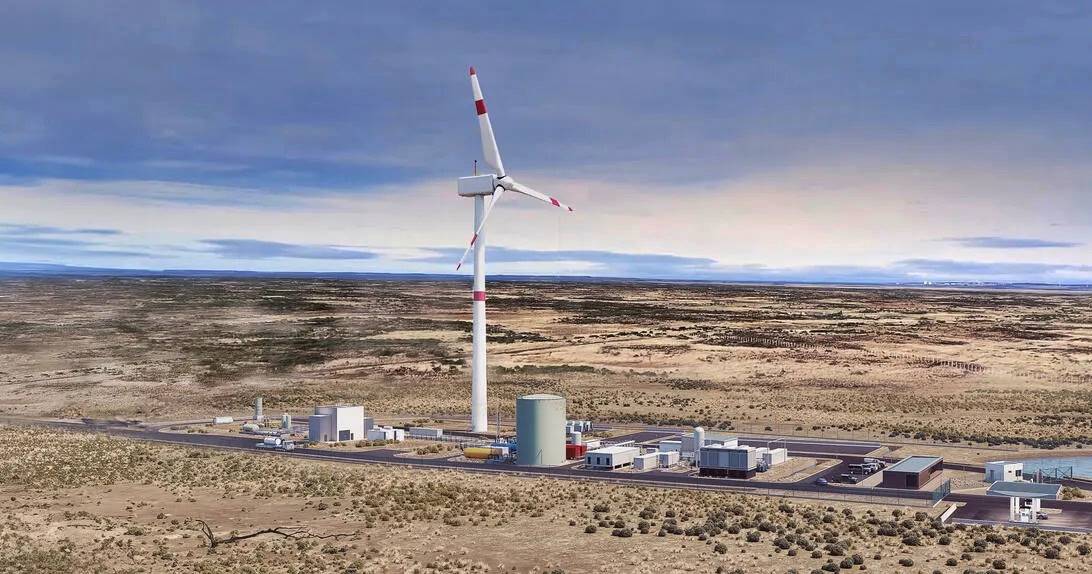The air was only about half as dense as at sea level, while temperatures hovered around 20 degrees below freezing. These were the conditions at the peak of the west ridge of the Ojos del Salado volcano in Chile when Romain Dumas parked his Porsche 911 and set a new world record. The altitude was 6,734 metres (22,093 feet) above sea level and no car has ever gone higher.
![Porsche 911 highest altitude record [2023]](https://www.motaauto.com/wp-content/uploads/2023/12/Porsche-911-highest-altitude-record-2023-6.jpg)
Two 911s used for record attempt
The 911 driven by Dumas, a seasoned racing driver, was nicknamed ‘Edith’ and was one of two 911s (the other named ‘Doris’) used for the attempt to set the world record. The team consisted of members from Chile, France, Germany, the USA, Canada and Switzerland.
Both the sportscars (911 Carrera 4S) were modified for the extreme conditions, of course. The record-breaking car was developed by RD Limited in collaboration with Porsche. The 3-litre 443-bhp 6-cylinder boxer, however, remained in standard form and had the standard 7-speed manual transmission.
HIF eFuel used
The cars operated with factory-filled lubricants from Mobil 1, which enabled their powertrains to operate without issue even in the extremely cold climate. Of more significance – both cars ran entirely on HIF eFuels from the Haru Oni plant in southern Chile.
![Porsche 911 highest altitude record [2023]](https://www.motaauto.com/wp-content/uploads/2023/12/Porsche-911-highest-altitude-record-2023-2.jpg)

HIF eFuels are made from water and carbon dioxide using renewable energy, enabling a potential near net CO₂ neutral use of combustion engines, since the CO₂ captured during the production process of eFuels roughly equals the CO₂ emitted during the usage of the car.
Portal axles and steer-by-wire
Both cars were equipped with carbonfibre seats, and 5-point harnesses. Portal axles were added to increase ground clearance to 350 mm. The portal axles also had the effect of reducing the gear ratios, allowing for precise, gentle throttle inputs at low speed. In addition, the cars were equipped with special lightweight but extremely tough Aramid fibre underbody protection to allow sliding over rocks.
![Porsche 911 highest altitude record [2023]](https://www.motaauto.com/wp-content/uploads/2023/12/Porsche-911-highest-altitude-record-2023-5.jpg)
The lead car received a very special additional piece of technology – steer by wire – developed and provided by Schaeffler Group. The system called ‘Space Drive’ is capable of meeting the unique and extreme demands of the rugged terrain. It offers precise and detailed feedback which allowed Dumas to place the car precisely where he needed it – often while ascending precarious and near-vertical slopes.
![Porsche 911 highest altitude record [2023]](https://www.motaauto.com/wp-content/uploads/2023/12/Porsche-911-highest-altitude-record-2023-7.jpg)
![Porsche 911 highest altitude record [2023]](https://www.motaauto.com/wp-content/uploads/2023/12/Porsche-911-highest-altitude-record-2023-8.jpg)
![Porsche 911 highest altitude record [2023]](https://www.motaauto.com/wp-content/uploads/2023/12/Porsche-911-highest-altitude-record-2023-4.jpg)
Click here for other news and articles about Porsche
![Porsche 911 highest altitude record [2023] Porsche 911 highest altitude record [2023]](https://www.motaauto.com/wp-content/uploads/2023/12/Porsche-911-highest-altitude-record-2023-3-696x361.jpg)

